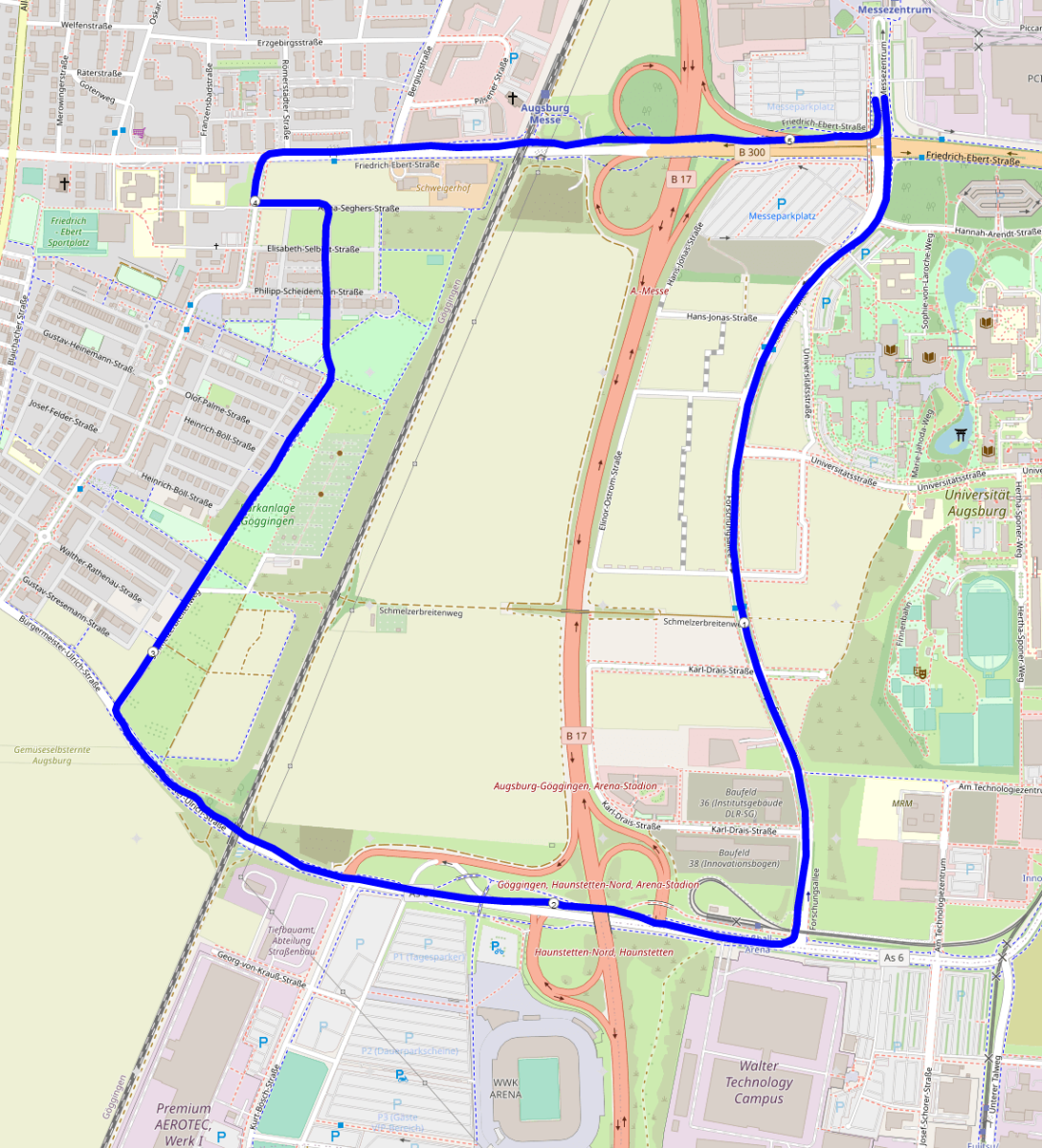How Middle Management Drives Productivity And Employee Satisfaction

Table of Contents
The Impact of Middle Management on Productivity
Middle management plays a pivotal role in translating organizational goals into actionable plans and driving tangible results. Their influence on productivity is undeniable, stemming from their direct interaction with teams and their control over daily operations.
Effective Communication and Goal Setting
Clear communication is the cornerstone of effective middle management. When middle managers effectively communicate expectations, provide regular updates, and offer constructive feedback, teams are better equipped to understand their roles, prioritize tasks, and meet deadlines.
-
Examples of effective communication strategies:
- Regular team meetings with clearly defined agendas.
- One-on-one check-ins to address individual concerns and provide personalized support.
- Clear and concise task delegation, ensuring all team members understand their responsibilities and deadlines.
- Utilizing project management software for enhanced communication and task tracking.
-
Importance of setting SMART goals and providing regular feedback: Middle management should collaboratively set Specific, Measurable, Achievable, Relevant, and Time-bound (SMART) goals with their teams. Regular feedback sessions – both positive reinforcement and constructive criticism – are crucial for keeping teams on track and addressing any challenges proactively. This fosters a culture of continuous improvement and boosts overall productivity. Effective middle management communication ensures everyone is working towards shared productivity goals.
Empowering Employees and Fostering Collaboration
Empowered employees are productive employees. Middle management's role in fostering a culture of empowerment is paramount. Delegation, trust, and recognition are key components of this empowerment.
-
Strategies for empowering employees:
- Providing autonomy and decision-making power within defined parameters.
- Recognizing and rewarding achievements, both individually and as a team.
- Fostering a culture of trust and open communication where employees feel comfortable taking initiative and expressing their ideas.
-
Techniques for facilitating collaboration:
- Organizing team-building activities to strengthen relationships and improve communication.
- Implementing cross-functional projects to encourage collaboration across departments and enhance problem-solving skills.
- Utilizing collaborative tools and platforms to streamline teamwork and information sharing. Effective middle management leadership empowers teams to collaborate effectively and achieve shared goals.
Optimizing Processes and Resources
Streamlining workflows and efficiently allocating resources are crucial aspects of middle management's contribution to productivity. Identifying and eliminating bottlenecks is key to maximizing output.
-
Methods for identifying and eliminating bottlenecks in workflows:
- Conducting regular process reviews to identify areas for improvement.
- Utilizing data analysis to pinpoint inefficiencies and areas for automation.
- Implementing lean methodologies to streamline processes and eliminate waste.
-
Strategies for optimizing resource allocation:
- Developing and managing budgets effectively.
- Prioritizing tasks and projects based on strategic importance and resource availability.
- Implementing effective time management techniques. Middle management efficiency directly correlates with optimized workflows and effective resource management.
Middle Management's Role in Boosting Employee Satisfaction
Employee satisfaction is intrinsically linked to productivity. Middle managers play a crucial role in fostering a positive and supportive work environment that motivates employees and encourages high performance.
Creating a Positive Work Environment
A positive work environment is characterized by open communication, mutual respect, and a sense of camaraderie. Middle managers are key to cultivating this atmosphere.
-
Strategies for promoting a positive work culture:
- Implementing employee recognition programs to acknowledge achievements and contributions.
- Organizing team-building events to foster stronger relationships and improve communication.
- Creating open communication channels where employees feel comfortable sharing their feedback and concerns.
- Addressing workplace conflict constructively and fairly.
-
High employee morale is a direct result of a positive work environment cultivated by effective middle management culture.
Providing Mentorship and Development Opportunities
Investing in employee growth demonstrates a commitment to their future and enhances job satisfaction. Middle managers play a vital role in providing mentorship and development opportunities.
-
Methods for providing mentorship and coaching:
- Offering regular feedback and guidance on professional development.
- Pairing experienced employees with newer team members for knowledge sharing.
- Sponsoring employees to attend conferences or training programs.
-
Importance of offering training and development opportunities:
- Providing opportunities for skill enhancement and career advancement keeps employees engaged and motivated.
- Investing in employee development is a long-term investment in the organization's success. Middle management training programs should focus on these crucial mentorship and development skills.
Recognizing and Rewarding Employee Contributions
Acknowledging employee achievements, both big and small, is crucial for fostering motivation and job satisfaction.
-
Strategies for recognizing and rewarding employees:
- Offering performance bonuses and promotions based on merit.
- Providing public acknowledgment of achievements during team meetings or company-wide events.
- Offering flexible work arrangements or other perks to improve work-life balance.
-
Importance of providing regular feedback and constructive criticism: Regular feedback – both positive and constructive – helps employees understand their strengths and areas for improvement, contributing to their overall job satisfaction and performance. Effective middle management rewards boost employee morale and demonstrate appreciation.
Conclusion
In conclusion, effective middle management is not merely a cog in the organizational machine; it's the engine that drives productivity and employee satisfaction. Strong communication, employee empowerment, process optimization, and the cultivation of a positive work environment are all critical components of successful middle management. By implementing the strategies discussed in this article, organizations can significantly enhance their middle management capabilities, leading to a more productive and engaged workforce. Improve your middle management practices today and reap the rewards of increased productivity and elevated employee satisfaction. Share your experiences and ask any questions you may have in the comments below!

Featured Posts
-
 Gorillaz Celebrate 25 Years With House Of Kong Exhibition And Special London Concerts
May 30, 2025
Gorillaz Celebrate 25 Years With House Of Kong Exhibition And Special London Concerts
May 30, 2025 -
 Ev Mandate Opposition Car Dealerships Renew Their Resistance
May 30, 2025
Ev Mandate Opposition Car Dealerships Renew Their Resistance
May 30, 2025 -
 San Diego Plane Crash No Runway Lights Weather System Failure
May 30, 2025
San Diego Plane Crash No Runway Lights Weather System Failure
May 30, 2025 -
 Is Jungkook Leaving Bts Top Fan Questions Ahead Of The 2025 Reunion
May 30, 2025
Is Jungkook Leaving Bts Top Fan Questions Ahead Of The 2025 Reunion
May 30, 2025 -
 M Net Firmenlauf Augsburg Die Highlights Des Heutigen Laufs
May 30, 2025
M Net Firmenlauf Augsburg Die Highlights Des Heutigen Laufs
May 30, 2025
